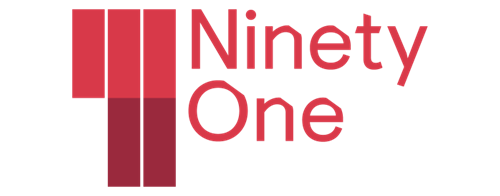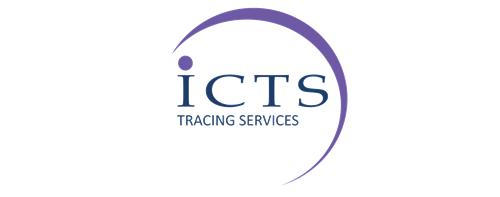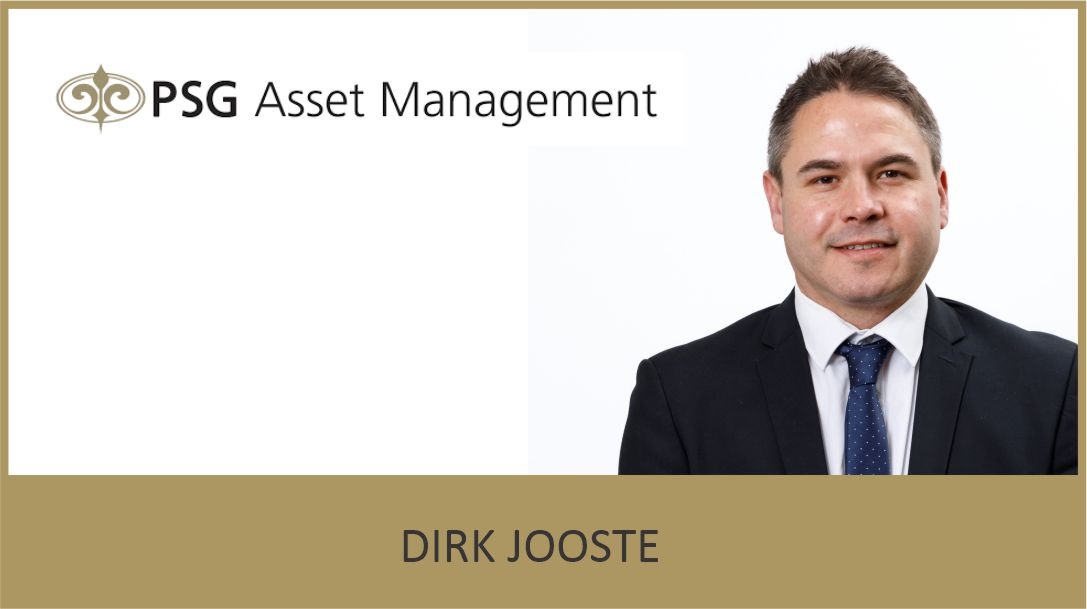Bianca Botes, Director at Citadel Global
While headlines have been dominated by geopolitical drama and celebrity spats, investors and currency markets are focusing squarely on what truly matters: resilient economic data, shifting monetary policy, and changing risk sentiment. Bianca Botes, Director at Citadel Global, unpacks the real forces moving the markets and what they mean for the rand.
“As much as the world gets distracted by high-profile side shows, the markets remain laser-focused on fundamentals,” says Botes. “Over the past week, we’ve seen a convergence of meaningful developments, from strong United States (US) job numbers to central bank rate adjustments and sustained global appetite for risk, all of which have supported emerging markets and strengthened the rand.”
South Africa’s (SA) 10-year bond yield dipped below 10% for the first time since 2022, signalling growing investor confidence in local fiscal discipline. This, combined with an International Monetary Fund (IMF) report that shows $19.2 billion in net inflows into emerging markets in May, including $1.6 billion into Africa and the Middle East, has bolstered ZAR performance. The rand gained 1.8% against the dollar over the past week and appreciated against the euro and pound.
“Much of the rand’s strength is due to a combination of improved domestic sentiment and external tailwinds,” explains Botes. “The South African Reserve Bank’s (SARB) strong stance on inflation, fiscal optimism following budget clarity, and inflows from foreign investors have all contributed to a more supportive environment for the currency.”
Charts tracking USD/ZAR, EUR/ZAR, and GBP/ZAR show sustained downward movement, supported by narrowing Bollinger Bands and Relative Strength Index (RSI) signals pointing to possible consolidation. The US Dollar Index (DXY), meanwhile, has trended lower since March, breaking below 99, a reflection of shifting Federal Reserve (Fed) rate expectations and easing inflation fears in the US.
“While the Fed is now expected to delay its rate cut to September, equity markets remain resilient. The S&P 500 is up 1.5% over the week, while the VIX — the market’s fear gauge — dropped 9.25%, reinforcing a ‘risk-on’ sentiment,” Botes notes. “This is a classic environment where emerging market assets, including the rand, tend to outperform.”
SA equities have also participated in the rally, with the Johannesburg Stock Exchange (JSE) All Share Index outpacing some of its global peers. Botes adds that the European Central Bank’s (ECB) rate cut to 2%, its lowest since 2022, further reflects the global tilt toward easing, supporting capital flows into higher-yielding emerging markets.
“Behind all the market noise, there’s a strong signal: macro data matters, policy clarity matters, and investor confidence matters. The rand’s recent performance is not accidental — it’s grounded in fundamentals,” she concludes.
As US and Chinese trade talks resume in London this week, and with key US Consumer Price Index (CPI) and jobless claims data due, Botes cautions that markets will remain sensitive to any new surprises. “Volatility is always one headline away, but for now, we’re in a moment where emerging markets like SA are being rewarded for fiscal prudence and macro stability.”
ENDS
























































































